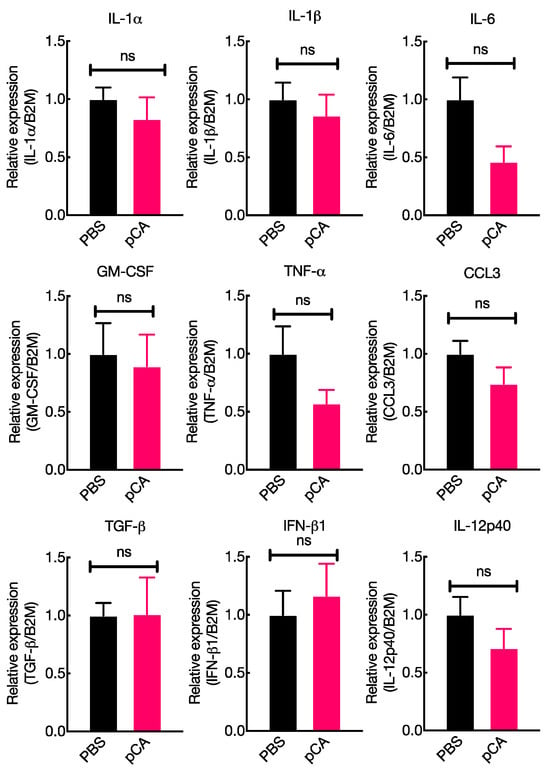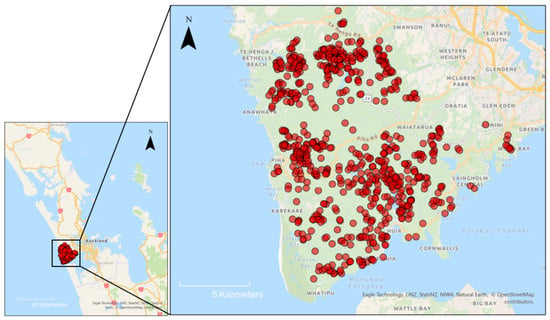Due to anthropogenic emissions, the global CO
2 concentration increases at a rate of approximately 2 ppm per year. With over 130 countries and regions committing to carbon neutrality goals and continuously reducing anthropogenic CO
2 emissions, understanding how atmospheric CO
2 concentrations
[...] Read more.
Due to anthropogenic emissions, the global CO
2 concentration increases at a rate of approximately 2 ppm per year. With over 130 countries and regions committing to carbon neutrality goals and continuously reducing anthropogenic CO
2 emissions, understanding how atmospheric CO
2 concentrations will change globally and in other regions has become an intriguing question. Examining different regions’ efforts to reduce anthropogenic CO
2 emissions through atmospheric CO
2 observations is also meaningful. We used prior and posterior fluxes to drive the TM5 model. The posterior fluxes were based on the China Carbon Monitoring, Verification and Support System for Global (CCMVS-G), which assimilated the atmospheric CO
2 concentration data from ground-based observation and satellite observation. We found that the CO
2 concentration obtained using the posterior fluxes was more in line with the actual situation. Then, we presented some experiments to estimate how global and regional CO
2 concentrations would change if certain key regions and the whole world achieved net zero emissions of anthropogenic CO
2. After removing carbon fluxes from China, North America, and Europe, global CO
2 concentrations decreased by around 0.58 ppm, 0.22 ppm, and 0.10 ppm, respectively. The most significant decrease occurred in the regions where fluxes were removed, followed by other areas at the same latitude affected by westerly winds. This indicates that fossil fuel flux is the main factor affecting CO
2 concentrations, and that meteorological-driven transportation also significantly impacts CO
2 concentrations. Most importantly, using this method, it is possible to quantitatively estimate the impact of achieving carbon neutrality in one region on CO
2 concentrations in local regions as well as globally.
Full article
 IJMS
IMPACT
IJMS
IMPACT Applied Sciences
IMPACT
Applied Sciences
IMPACT Sustainability
IMPACT
Sustainability
IMPACT Sensors
IMPACT
Sensors
IMPACT JCM
IMPACT
JCM
IMPACT Energies
IMPACT
Energies
IMPACT Molecules
IMPACT
Molecules
IMPACT Materials
IMPACT
Materials
IMPACT Remote Sensing
IMPACT
Remote Sensing
IMPACT Cancers
IMPACT
Cancers
IMPACT Electronics
IMPACT
Electronics
IMPACT Mathematics
IMPACT
Mathematics
IMPACT Foods
IMPACT
Foods
IMPACT Buildings
IMPACT
Buildings
IMPACT Plants
IMPACT
Plants
IMPACT Nutrients
IMPACT
Nutrients
IMPACT Animals
IMPACT
Animals
IMPACT Polymers
IMPACT
Polymers
IMPACT Water
IMPACT
Water
IMPACT Diagnostics
IMPACT
Diagnostics
IMPACT Biomedicines
IMPACT
Biomedicines
IMPACT Agronomy
IMPACT
Agronomy
IMPACT Microorganisms
IMPACT
Microorganisms
IMPACT Processes
IMPACT
Processes
IMPACT Healthcare
IMPACT
Healthcare
IMPACT Forests
IMPACT
Forests
IMPACT Cells
IMPACT
Cells
IMPACT JMSE
IMPACT
JMSE
IMPACT Medicina
IMPACT
Medicina
IMPACT Viruses
IMPACT
Viruses
IMPACT Agriculture
IMPACT
Agriculture
IMPACT Nanomaterials
IMPACT
Nanomaterials
IMPACT IJERPH
IJERPH
 Land
IMPACT
Land
IMPACT Pharmaceutics
IMPACT
Pharmaceutics
IMPACT Pharmaceuticals
IMPACT
Pharmaceuticals
IMPACT Religions
IMPACT
Religions
IMPACT Biomolecules
IMPACT
Biomolecules
IMPACT Life
IMPACT
Life
IMPACT Micromachines
IMPACT
Micromachines
IMPACT Atmosphere
IMPACT
Atmosphere
IMPACT Antioxidants
IMPACT
Antioxidants
IMPACT Genes
IMPACT
Genes
IMPACT Metals
IMPACT
Metals
IMPACT Symmetry
IMPACT
Symmetry
IMPACT Children
IMPACT
Children
IMPACT Coatings
IMPACT
Coatings
IMPACT Vaccines
IMPACT
Vaccines
IMPACT Horticulturae
IMPACT
Horticulturae
IMPACT Education Sciences
IMPACT
Education Sciences
IMPACT Minerals
IMPACT
Minerals
IMPACT Brain Sciences
IMPACT
Brain Sciences
IMPACT JPM
IMPACT
JPM
IMPACT Bioengineering
IMPACT
Bioengineering
IMPACT










